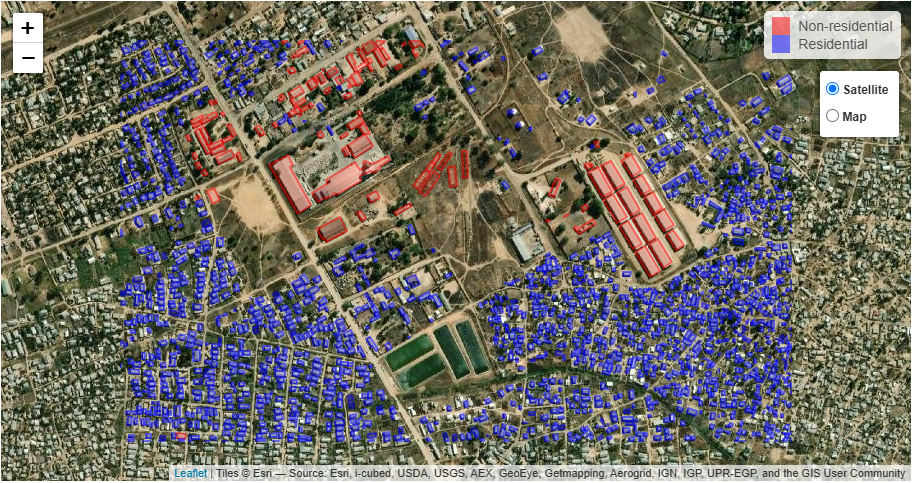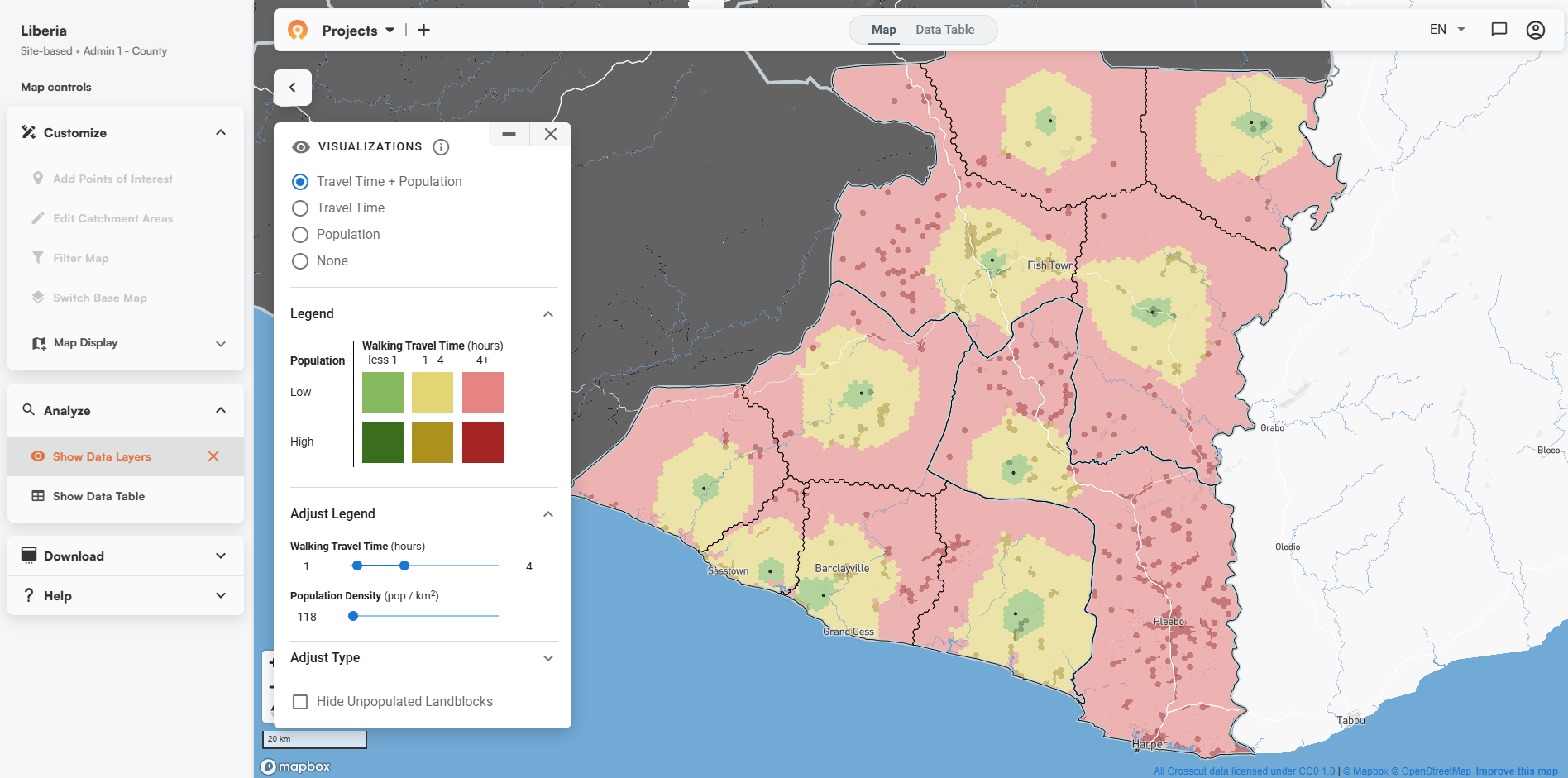Quicker Survey Results for Senegal: New Tools Bolster Schistosomiasis Control

Schistosomiasis affects 240 million people worldwide, especially in areas with limited access to clean water. This devastating waterborne infection primarily impacts school-aged children, causing chronic illness that stunts growth, impairs cognitive development, and diminishes quality of life. Despite its reach, the disease remains largely neglected.
For decades, health officials in Senegal and other countries have faced a critical challenge: conducting reliable surveys to determine exactly where and when to conduct mass drug administration (MDAs) campaigns. Treat too broadly, and you waste precious resources. Treat too narrowly, and vulnerable populations remain at risk.
Our Partnership with ESPEN
That’s where our partnership with WHO AFRO’s Expanded Special Project for Elimination of Neglected Tropical Diseases (ESPEN) comes in. By integrating our geospatial mapping technology with Schistosomiasis Practical and Precision Assessment (SPPA) protocol, we worked with COR-NTD to create the SPPA Tool, which is now available directly in the ESPEN Portal. Together with the ESPEN team, we transformed Senegal’s complex survey data into clear, actionable maps that help officials visualize where treatment is needed.

Precision is Hard in Schistosomiasis
Schistosomiasis is tricky to treat because its transmission is distinctly focal. It’s highly prevalent in some communities while nearly absent in others, even within the same district. Historically, treatment decisions have been made at the district level, leading to inefficient resource allocation during MDAs. These large-scale operations are hard to manage with so many moving parts, people, and variables.
Health officials needed to answer a seemingly simple question: Which communities need treatment, how often, and for how long? Other factors, like access to clean water and hygiene practices, further complicated the process. Traditionally, answering these questions meant juggling multiple spreadsheets and disconnected data sources. This approach can lead to inefficiencies and errors.
Similar to our work tackling lymphatic filariasis in Haiti—where we helped map at-risk communities to improve treatment coverage—health officials like those in Senegal often have to make decisions with the data that is available. If the data is limited, some communities risk being overtreated, while others risk being left behind.
How the SPPA Tool Works
Health officials go through three key stages of schistosomiasis assessment and treatment planning. The tool helps determine where surveys—organized data collection to assess infection levels in specific communities—are needed and how the results should guide treatment decisions.
- First, officials determine where surveys are needed. The tool compiles historical infection data from the ESPEN Portal and environmental factors (like proximity to water bodies where parasite-carrying snails live) to determine whether a community requires a practical assessment or a precision assessment. A practical assessment is a quick field survey to confirm treatment needs, while a precision assessment gathers in-depth infection data. This prevents unnecessary testing where disease patterns are already well understood and treatment isn’t required.

- Next, when health teams collect new data by testing school-aged children (SAC) in selected communities, our tool helps make sense of those results. It automatically applies the SPPA protocol rules to the survey findings, eliminating complex manual calculations. Data automatically populates the system, and officials can filter and edit it as needed.
- Finally, it generates easy-to-understand maps with clear recommendations about where to increase, maintain, or reduce the frequency of MDA campaigns. The tool automatically generates these suggestions, but allows officials to edit as needed. Instead of treating entire districts the same way, officials can now tailor their approach to each sub-district.
The tool also incorporates Water, Sanitation, and Hygiene (WASH) indicators into the data filtering options, such as access to clean water and improved sanitation. These additional factors directly influence schistosomiasis transmission risk, so being able to account for it helps health officials prioritize resources.
Use in Senegal
Following its initial prototype testing in Kenya, Senegal recently became one of the first countries to pilot use of the SPPA tool. They were able to use the tool to determine which districts needed more treatment and which needed less based on their recent survey for Schistosomiasis. For those districts whose data suggest variation within the district, the SPPA Tool flagged those to target for more granular treatment decisions. This type of methodical, fact-based approach leads to more effective, efficient treatments.
This kind of precision matters. Schistosomiasis control programs often operate on tight budgets, where every misallocated dose means fewer resources for those who genuinely need it. The result? Better health outcomes, fewer wasted resources, and a more sustainable approach to disease control.
Looking Forward
With the success in Senegal, we're excited to expand the SPPA Tool to more countries across Africa. This project has reinforced what we’ve long believed—simple geospatial solutions like this one can turn complex data into clear, actionable insights.
At Crosscut, we work hard to develop award-winning mapping applications that go beyond global health. Our geospatial technology consulting services also support logistics, infrastructure planning, and supply chain optimization, helping organizations make smarter, data-driven decisions.
Whether it’s streamlining health campaigns or optimizing delivery routes, our tools are built to adapt to diverse industry needs. Need a smarter way to map and manage resources? Let’s talk about how our geospatial technology can support your growth.
Related Posts

Loamin x Crosscut: Modernizing Malaria Prevention with Geospatial Maps

How AI Is Impacting Our Work



.JPG)
